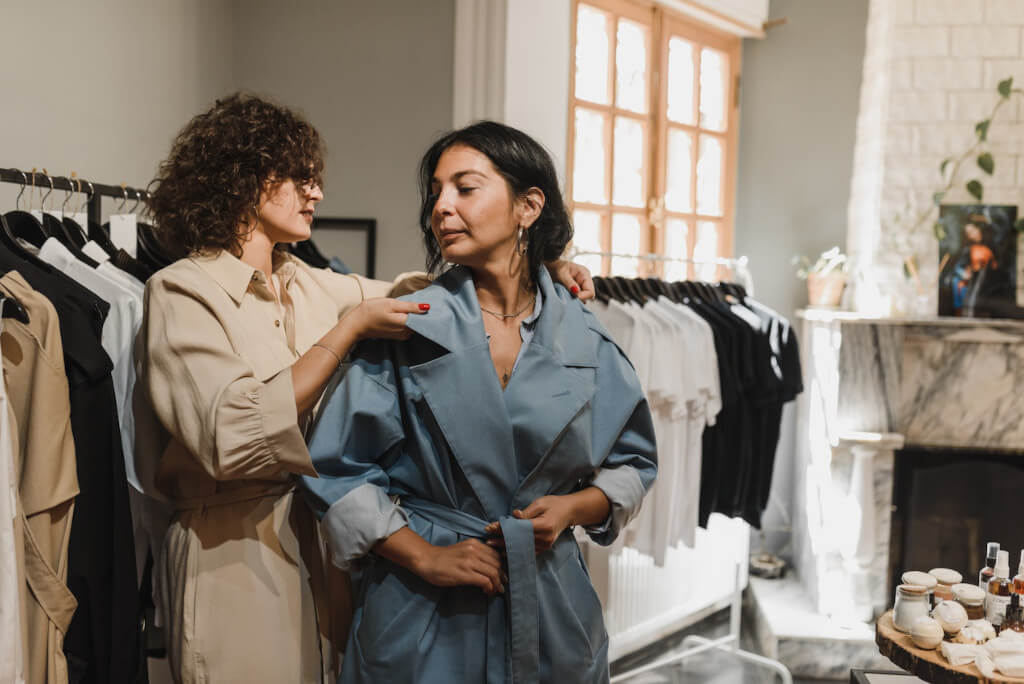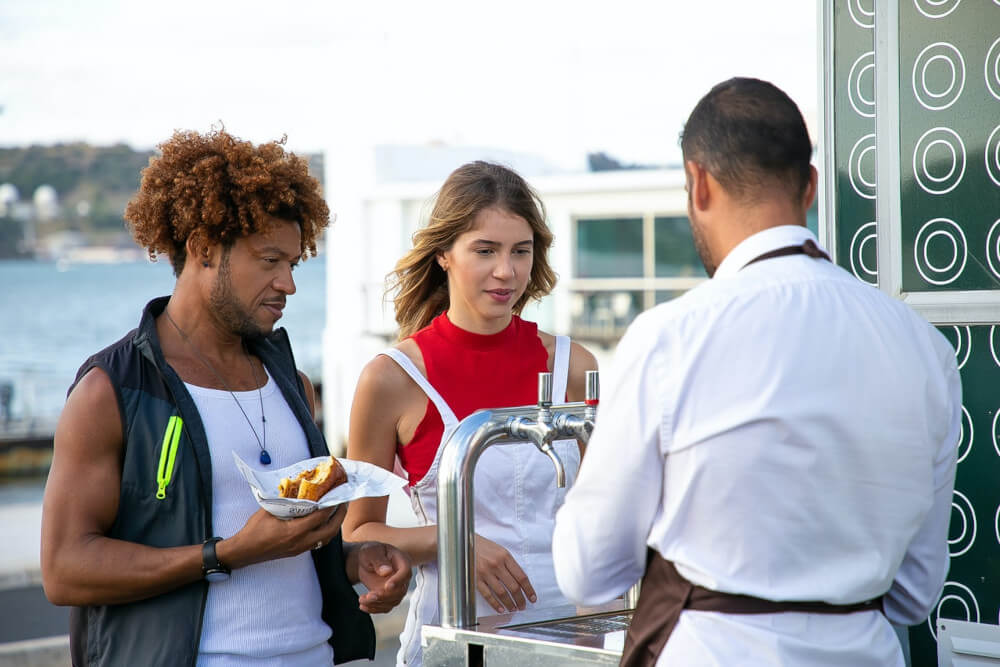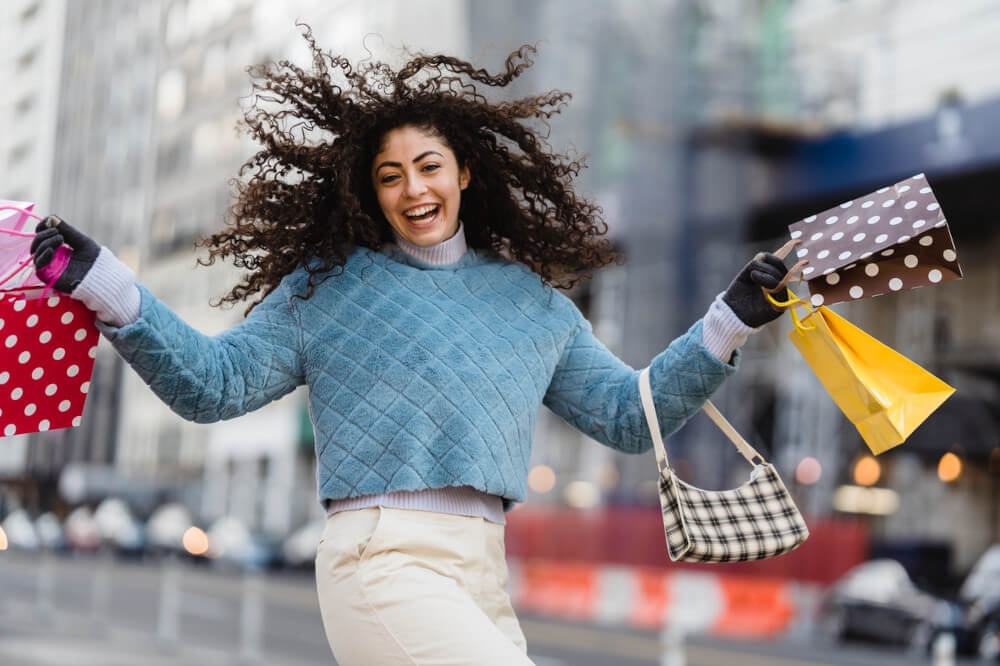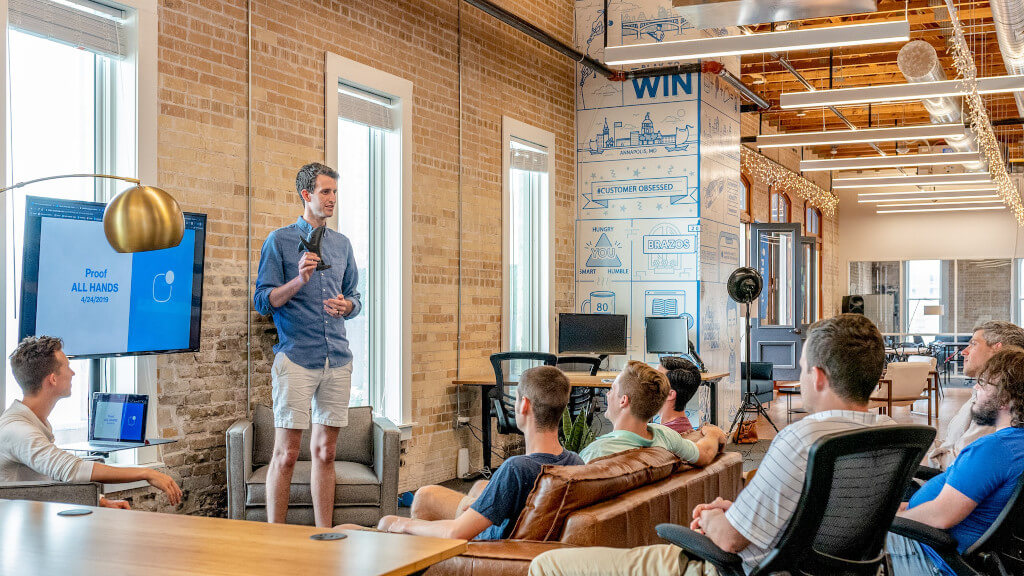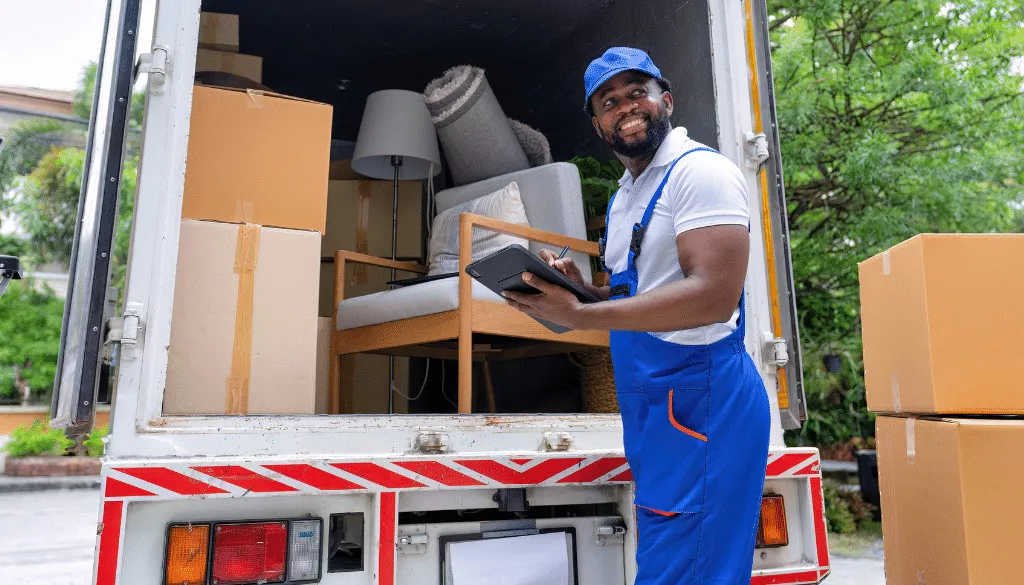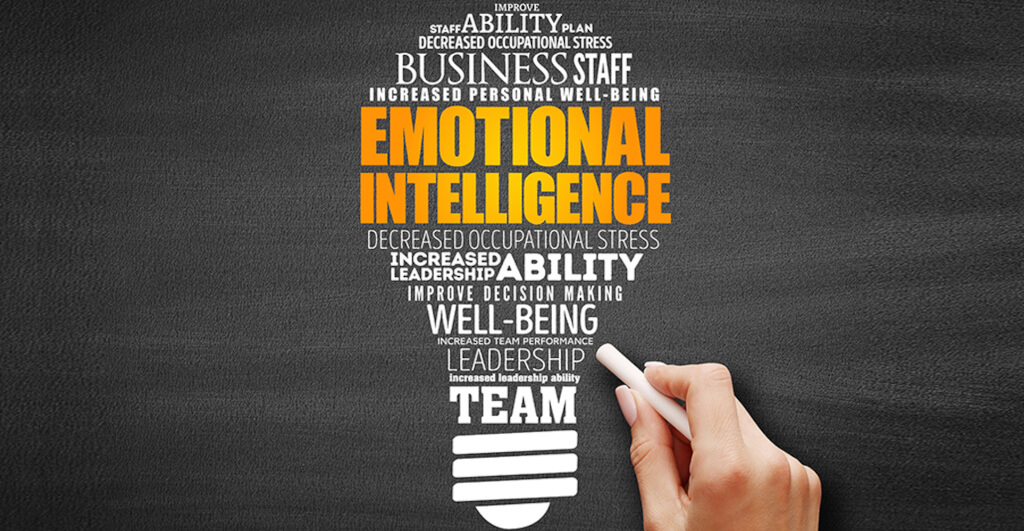Retail is an integral part of many industries, and as a result, brands are constantly researching and developing innovative new ways to create meaningful and memorable in-store experiences for customers. How your shop is managed has a significant influence on the perception of the value of your brand, and the purpose of this post is to assist you in gaining an understanding of seven distinct strategies that can assist you in increasing the value of every customer visit.
Instead of Sales Associates, Employ Professionals in Their Field
The information that is available to clients is one of the most significant shifts that have occurred as a result of digitization. Before buying a product, consumers used to be limited to asking shop assistants for details before buying something. However, with the proliferation of digital resources, consumers are now fully capable of gathering all of the relevant information on their own.
As a consequence of this, the in-store assistant cannot be perceived as being less knowledgeable than the consumer, given that the required degree of knowledge to inform the client is significantly higher. Shop assistance needs to truly provide an additional level of credibility and validation that cannot be provided by Google, as well as demonstrate an authentic passion for and attachment to the core values of the brand. When consumers realize that retail staff are not just there to assist them in making a decision, but are also there to praise the product and the values that the product delivers.
Make Shopping Multi-Sensory
An interactive experience diverts our attention and transports us to another dimension, allowing us to leave our anxieties at the door while simultaneously being immersed in the full force of the story being told by the brand. It is not easy to divert the customer’s attention from his or her daily life and allow him or her to become immersed in the store; however, if we try to offer a different configuration of stimulation that appeal to the consumer’s multiple sensory perceptions, we can make this process go more smoothly.
We frequently make an effort to impress our customers visually; however, the human sense of sight is already being overloaded by our various digital devices; therefore, we need to be able to leave an impression with aspects that are more unforeseen, such as scent and olfactory components, which assist us in creating a store atmosphere.
Stroking the fabrics and holding the products is another way to pique the interest of your customers and retain them engaged while they are shopping in your store. Customers can better able to value the opportunity to shop in the store if music is playing in the store because it can serve as a distraction for them and put them in a good situation to not worry excessively about the cost of the item.
Taste Can Be an Alternative Method for Your Consumer to Experience the Store
Even though it may not be easy to incorporate this aspect in every circumstance, you can simply offer your consumer something to drink, or even coffee, to create that brief moment of comfort that can establish the mood for the shopping experience in the best possible way.
We must keep in mind the fact that these components are extremely efficient in constructing a store experience that is centered on a mood or atmosphere. This subject is discussed further in other sources as well. For instance, we discuss the significance of cultivating an ambiance as a means of encouraging customers to purchase this article.
At other times, our feelings and inclinations don’t last long enough for us to act on them, but the atmosphere around us can sway us to part with our money. Instead, we will discuss the significance of store atmospheres in this piece, as well as the additional strategies that can be utilized in the creation of an environment that encourages customer participation and sales.
Develop a Shopping Experience That Merges Physical and Digital Formats
Customers can take a variety of paths to the product in the modern era before finally purchasing it. “webrooming” refers to the practice of beginning an investigation online and concluding it in a physical location, while “showrooming” refers to the practice of beginning an investigation offline and concluding it online. The fact that both physical and digital retail live harmoniously and can be successful independently is the most important takeaway here. The thing that we have to watch out for, however, is making sure that these two aspects do not come into direct opposition with one another.
Because of this, the word that we need to go for is omnichannel, which is a dimension of dispersion in which the consumer is at the center of our strategic plan, and, as a consequence, all of the services that we can implement revolve around him or her. You should make it so that individuals who purchase things online have a reason to come into your physical store, but you should also make it so that people who buy things in your physical store can buy things online without feeling uncomfortable. These two aspects of the purchase must be perfectly in sync with one another to ensure that they are both working toward the same objective, which will make the purchase enjoyable and uncomplicated.
Create an Entertaining Checkout Process
Do you have any idea what makes the experience of checking out less enjoyable? Buying groceries at a supermarket. The length of time it takes you to check out at the grocery store increases in proportion to the amount of money you spend there. This is completely absurd; instead, grocery stores ought to honor customers who spend a lot of money by making the checkout process more enjoyable for them.
Because of this, there are times when we restrict our spending to just a few products so that we can use the “fast lane,” which results in a significantly lower total bill at the store. This is something that requires some consideration from us. We can put a lot of effort into our store, but if the checkout process is bothersome or takes too long, we run the risk of taking advantage of our consumers’ patience and destroying an otherwise pleasurable experience for them. There are a lot of different ways that consumers can be entertained while they are making a purchase, and if the transaction does take a little bit longer, you should make sure that you create a ritual out of it.
These seemingly insignificant nuances do add up to a significant difference and give our clients something to think about and talk about. Word-of-mouth marketing is one of the most effective forms of advertising, and whenever we do something that is out of the ordinary, we give our clients the chance to talk about us and develop our brand.
Ensure that Shopping is an Experience That Is Enjoyable, Educational, Aesthetic, and Escape-Inducing
As was previously mentioned, consumers enter the store for reasons that cannot be reduced to the purchase of a single item. Furthermore, as was previously mentioned in this post, the value of stores is tied to the transactional value of shopping. This indicates that the act of purchasing itself, as opposed to the product of the transaction itself, holds a significant amount of value.
This is the reason why stores have been developing experiences that can be categorized into four distinct categories: educational, enjoyable, aesthetic, and escapist.
Educational
Consumers visit the store because they wish to learn more about the brand and get an understanding of it that goes beyond what they can get online. A learning opportunity provides sales associates with the opportunity to talk to customers about the significance of the issue, as well as how the brand is working to improve things.
Entertaining
This is the kind of experience that is most generally linked with shopping. Consumers go to a store as a source of entertainment, and they enjoy spending time chatting with the shop staff about the brand, the product, or any other topic at all. To make shopping more enjoyable, this is an essential component that many different stores can work to improve.
Aesthetic
Time spent in a beautiful building that features beautiful architecture and is located in a beautiful neighborhood is one way to have an experience that is considered to be aesthetic. Because we want the retail location itself to be capable of providing the aesthetic code that corresponds with our brand, this aspect cannot be ignored.
Escapist
The escapist experience comes in last but certainly isn’t the least important. Consumers can forget about their usual routines and become engrossed in the experience of shopping at the establishment when they participate in this kind of activity. Consumers can temporarily escape their everyday lives and become immersed in the shopping experience thanks to a practice that several brands are implementing with the help of augmented reality.

